INTRODUCTION
This is a general outline of the process for a basic annual-maintenance varnish job. Healthy, well-maintained exterior varnished surfaces will require one maintenance coat per year, unless the boat is in a boathouse or under cover. Additional coats might be needed on surfaces subjected to high traffic, abrasion, or ultraviolet exposure, and more frequent recoating might be needed in the tropics.





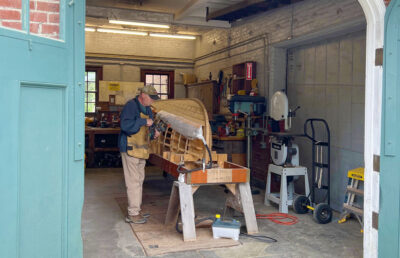
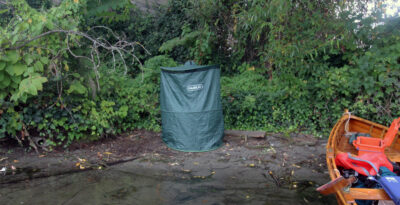


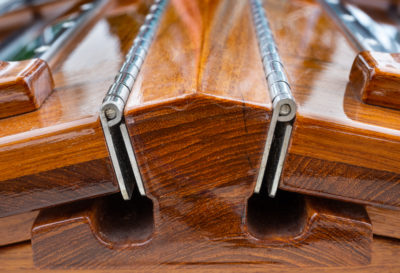
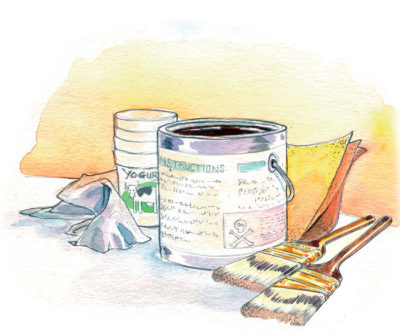
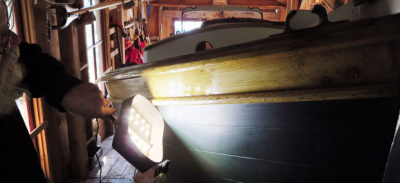

After reading this review, I surely know what’s best for my boat or water vessel. Thanks a lot for perfect article.